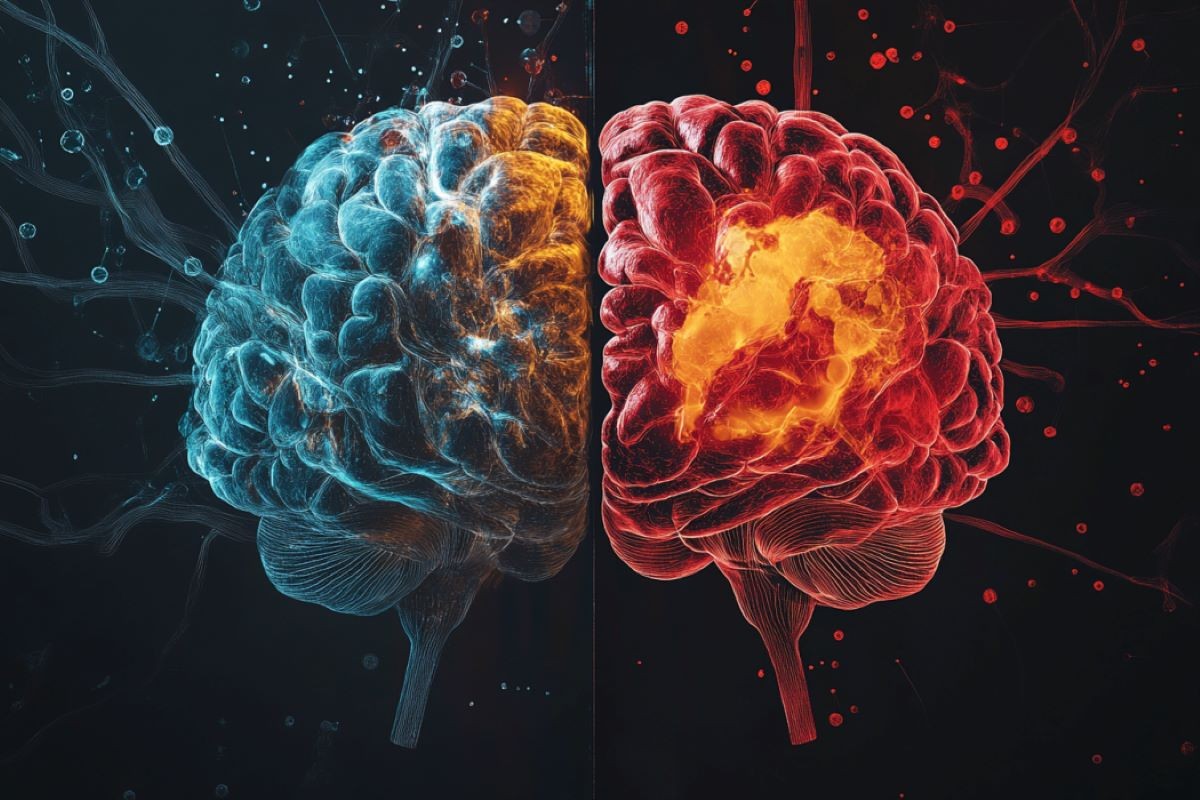
Scientists at Tufts University and Vanderbilt University have discovered a distinct pattern of brain activity in people with schizophrenia when they process conflicting information, potentially leading to a new diagnostic tool for the condition.
The research team found that individuals with schizophrenia generate unique neural patterns when making decisions based on ambiguous or contradictory information. This finding could help doctors better identify and monitor the inflexible thinking often associated with the disorder.
The study, published in Cell Reports Medicine, focused on communication between two key brain regions: the cerebral cortex and the thalamus. Researchers observed approximately 40 participants, including both people with schizophrenia and those without, as they completed tasks involving conflicting information.
While participants without schizophrenia performed well even with high levels of conflicting information, those with the condition struggled when faced with ambiguity. The research revealed that this difference in performance correlated with specific patterns of brain activity between the thalamus and frontal cortex.
"We make decisions that are hierarchical in nature all the time as humans, but this breaks down in schizophrenia," explains Dr. Michael Halassa, associate professor at Tufts University School of Medicine. To illustrate this, the researchers use the example of a restaurant visit - while most people can maintain positive opinions based on multiple good experiences despite one poor meal, individuals with schizophrenia may struggle to consider this broader context.
This research marks one of the first biological tests capable of assessing someone's tendency toward inflexible thinking. The discovered biomarker could also help medical professionals track treatment effectiveness by monitoring changes in these brain activity patterns.
The research team plans to expand their study by including more participants and introducing more complex hierarchical tasks. Their work represents a promising step toward developing more precise diagnostic tools for schizophrenia and improving treatment outcomes for patients.